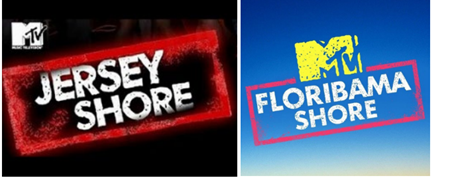The US Court of Appeals for the Federal Circuit denied a patent owner’s mandamus petition, clearing the way for a district court to probe who is funding the patent owner’s infringement litigation. In re Nimitz Techs. LLC, Case No. 23-103 (Fed. Cir. Dec. 8, 2022) (Lourie, Reyna, Taranto, JJ.) (per curiam) (nonprecedential).
Nimitz filed a complaint for patent infringement against Buzzfeed in the US District Court for the District of Delaware. The case was assigned to Chief Judge Connelly. Judge Connelly has two standing orders that require parties to disclose third-party litigation funders and the name of every individual and corporation with a direct or indirect ownership interest in the party. Nimitz filed a disclosure statement identifying Mark Hall as the sole owner and LLC member of Nimitz, and a statement representing that Nimitz has not entered any arrangement with third-party funders.
The district court later became aware that an entity called IP Edge was arranging assignments of patents to various LLCs that were plaintiffs in other actions before the district court. Based on the review of the documents in the other cases, it appeared to the district court that Hall had a connection with IP Edge. The district court ordered Hall and Nimitz’s counsel to appear at a hearing. During the hearing, the district court explored the relationship between Nimitz and an entity called Mavexar. After the hearing, the district court ordered production of communications between Hall, Mavexar and IP Edge, and communication and documents relating to the formation of Nimitz, Nimitz’s assets, Nimitz’s potential scope of liability resulting from the acquisition of the patent, the settlement or potential settlement of the cases and the prior evidentiary hearing. The district court also ordered production of monthly bank statements from Nimitz. Nimitz appealed to the Federal Circuit by filing a petition for writ of mandamus seeking an order vacating the district court’s order.
The Federal Circuit initially stayed the district court’s order pending the Court’s decision. While the mandamus petition was pending, the district court issued a memorandum explaining that the records sought in its prior order were relevant to addressing several concerns, including the following:
- Compliance with the Rules of Professional Conduct
- Compliance with the district court’s orders
- Determining whether real parties in interest other than Nimitz, such as Mavexar and IP Edge, were hidden from the Court and the defendants
- Determining whether those real parties in interest perpetrated a fraud on the district court by fraudulently conveying to a shell LLC the patent-in-suit and filing a fictitious patent assignment with the US Patent & Trademark Office designed to shield those parties from the potential liability they would otherwise face in asserting the patent in litigation.
Nimitz had argued that the district court’s order was improper because it would require disclosure of highly confidential litigation materials, including material protected by the attorney-client privilege and work-product immunity. In its decision on mandamus, the Federal Circuit rejected that argument, finding that the district court order made clear that Nimitz [...]
Continue Reading
read more

 Subscribe
Subscribe




